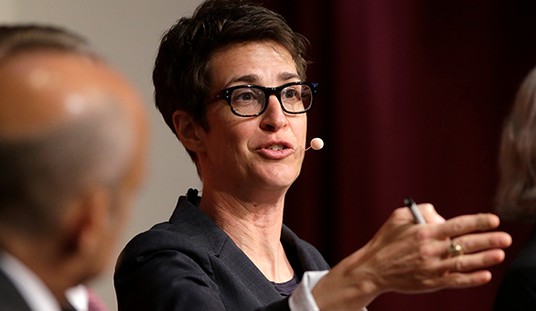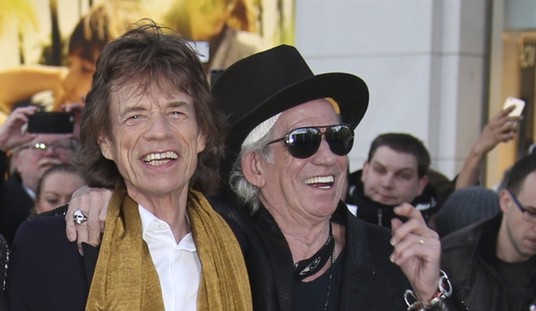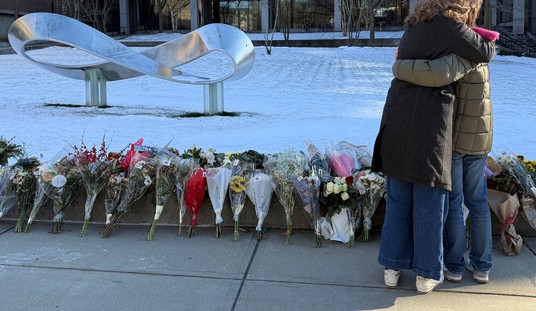When ARD documentary filmmaker Esther Schapira viewed the now iconic images of Muhammad al-Dura and his father Jamal back in 2000 she felt there was more of a story to tell. So she set out to produce a film called How Soldiers Live with the Knowledge of Killing a Young Child. But during her research it emerged that this wasn’t simply the story of a Palestinian boy killed by Israeli soldiers. “It wasn’t clear who killed him,” Schapira said. “But ultimately it appeared highly unlikely that he was killed by Israel.”
So she ditched the original idea and instead made the documentary Three Bullets and a Dead Child, which shows the nearly impossible likelihood that the boy was shot and killed by the Israeli army. Schapira admitted that while she was researching the documentary, evidence also surfaced suggesting the incident was staged. But she left that aside.
When the documentary aired nationally in Germany, public reaction was tremendous. Schapira was accused of whitewashing the Israeli army’s actions and she received death threats. She hired security guards and chose to part ways with the al-Dura affair. Busy working on other documentaries, she said she “didn’t want to get too involved with one specific story.” But in 2008, French media analyst Philippe Karsenty used some of her footage in French courts to hammer home his theory that France 2 Television’s al-Dura report was staged. The courts ruled in Karsenty’s favor, prompting Schapira to roll up her sleeves and go back in for another round.
Her latest work — The Child, the Death and the Truth: The Mystery of the Palestinian Boy Mohammed Al-Dura — aired in Germany this month. This time Schapira and crew went back to ask follow-up questions about issues that had surfaced the first time around. “Why don’t we see blood in the images?” Schapira asks. “That didn’t make sense to me back then. There was a claim of three bullets to the child — 15 fired on him and his father altogether — but no blood.”
And then there was the issue of missing video. France 2’s cameraman claimed to have shot six minutes of video but only 52 seconds were ever aired. That remained a sticking point. The decisive “moment of death” appears non-existent. Schapira said her professional background told her there might be a cover-up underway.
“There was a lie,” Schapira said by phone from Germany. “It was clear there must’ve been something else going on because from my professional background and from working in news for quite a while, I found it highly unlikely that an experienced cameraman with tape in his camera — 15 minutes worth and battery life — would film less than a minute when confronted with such strong images. It went against all my professional experience.”
What wasn’t being shown to the public? Was it a clear view of bullets coming from the Palestinian side? Or a sequence showing how the child is killed?
Schapira procured images from Mohammed al-Dura’s Gazan autopsy and hired German biometric facial imaging expert Kurt Kindermann to compare the autopsy, the funeral, and the France 2 images. Kindermann concluded that the boy at the funeral and in the morgue were most likely one and the same. They were not, however, the same boy seen crouching beside his father in the famous video sequence. “We tried to investigate if he died shortly after [the shooting], but the only proof was always the funeral scene,” Schapira said “It seemed to be clear that a boy was killed, but with this new evidence it is not clear anymore.”
Schapira presents these findings in her latest documentary along with an impossible timeline sequence: Mohammed al-Dura was shot at 2 p.m., but the Gaza morgue says he was brought in at 10 a.m. “I think it’s strong evidence that there is no proof that Mohammed al-Dura is dead,” Schapira concluded. “There’s no proof he’s alive but no proof either that he’s dead.”
But the issue of al-Dura’s mortality wasn’t the focal point in producing the latest piece. For Schapira, this was about the ongoing battle between viewers, the media, and truth. She said:
People view footage and believe they are eyewitnesses to an event when in fact they are not. I knew this before but never realized it so acutely until working on this documentary. The problem usually lies with a correspondent who didn’t see an event with his own eyes. Information is delivered by fixers at the spot who may not be free of their own political agenda, and we journalists report it but have no way of validating. And if the images fit a theory or idea we already have in our minds, they are the most dangerous of all because we don’t question them.
A hoax? The entire al-Dura event completely staged? I have a tough time with that. The footage is too grainy and the shot too long to see blood. I haven’t seen close-ups, but I don’t believe the expressions of terror seen on the faces of father and son could have been faked. And an awful lot of people would have had to have been in collusion to pull off that kind of hoax. I’ve spoken with journalists who were in Gaza the day after the incident, people who met with al-Dura family members and traveled to Jordan to speak with Jamal as he recovered in hospital from gunshot wounds. They don’t believe it’s a hoax.
Regardless, after talking with Esther I was troubled. So I telephoned Israeli journalist Adi Schwartz, who has covered al-Dura extensively. “Talk to me about the hoax theory; I’m struggling with it,” I said.
“Leave that aside and I’ll give you a different angle to think about,” Adi countered. “Usually in journalism and life, when a claim is brought forward, the burden of proof is on the claimant not the other way around. In the al-Dura story it is the other way around. Charles Enderlin and France 2 claimed the IDF killed a boy, but I interviewed Enderlin and he has no proof it’s true. His line is that Israel has killed a lot of children. It’s like if the sun comes up in the East, then the IDF kills children. That attitude is flawed. It’s been nine years and still there’s no absolute proof. And yet Enderlin stands firm. It’s flawed.”









Join the conversation as a VIP Member